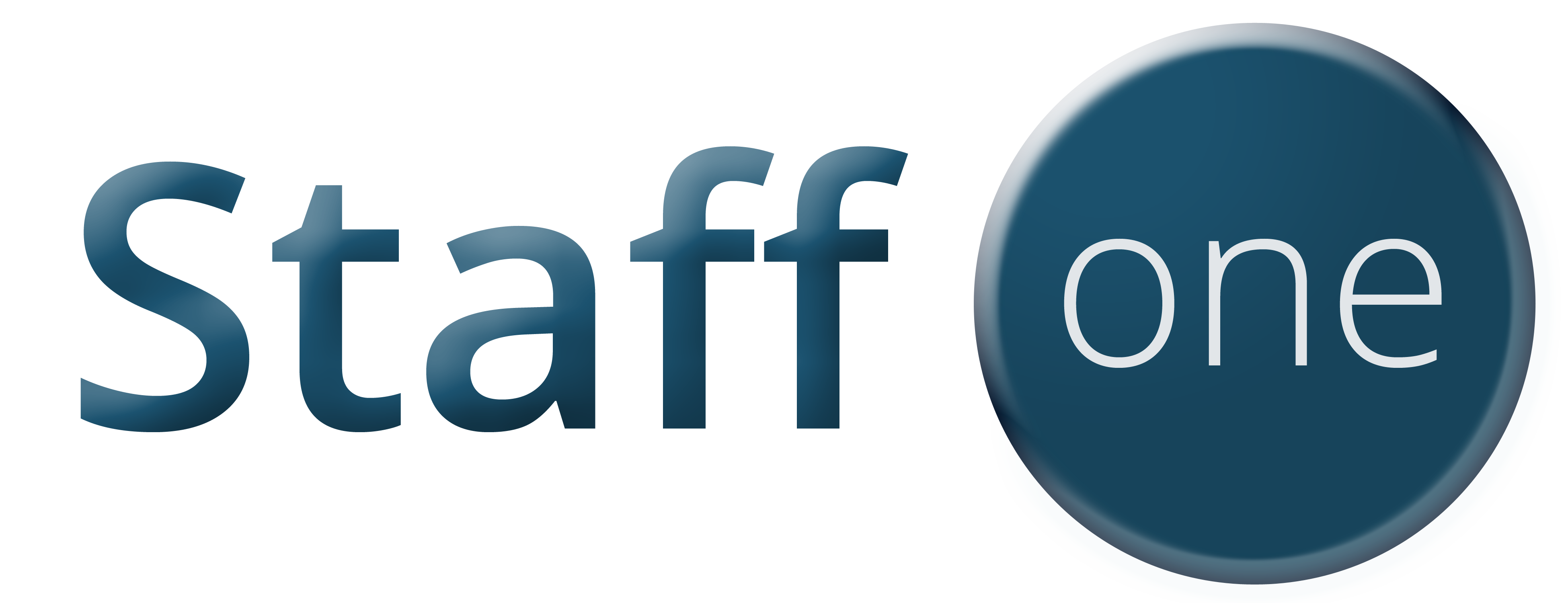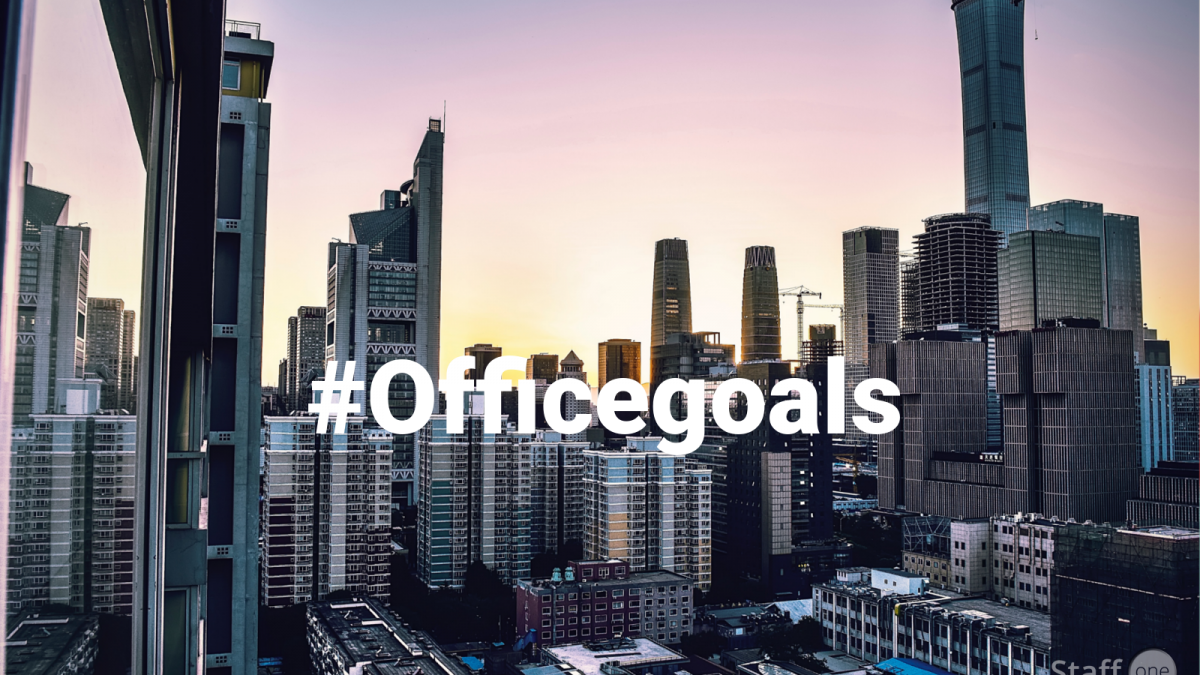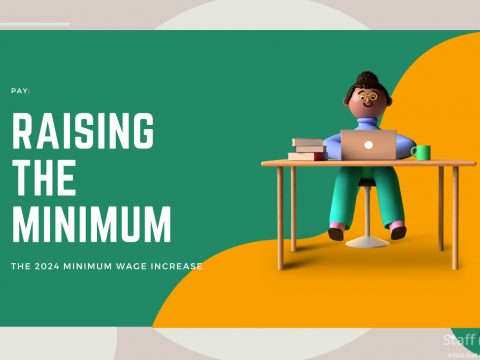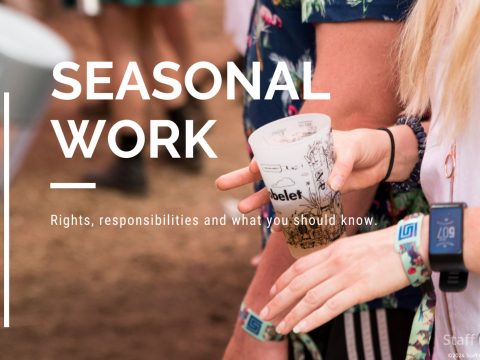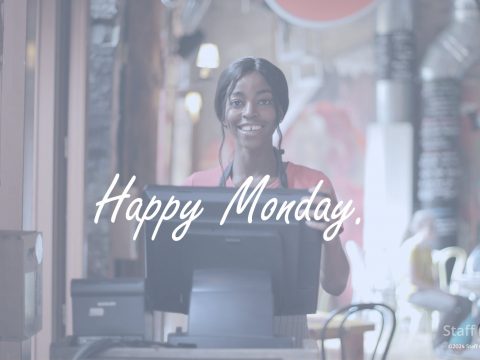- Contact us:
- 03300 535 600
- [email protected]

2019 CV Trends
January 28, 2019
Growth in Construction
February 14, 2019Many a resilient worker can work in any atmosphere in any situation but these are just the chosen few. For the majority employees, the atmosphere, layout and design can all affect mood and productivity.
Where once upon a time who was more important than where when it came to the workplace, our clients are increasingly realising that considering the quality, design and aesthetic of their workplace can have a polarising affect on the retention and attraction of the best quality people.
The highly revered experts at CIPHR have offered the following insight:
Environmental design
Workplace design can have a profound impact on people’s health and wellbeing beyond simple ergonomics. For example:
- Poor ventilation and heating/air-conditioning systems can lead to discomfort and health problems
- Inadequate lighting can lead to eye strain, tiredness, stress and headaches. Try to take advantage of natural lighting as much as possible, and introduce adjustable lighting systems if you can
- High noise levels can make it difficult for employees to concentrate, and to talk to their colleagues – both in person and on the phone – leading to lowered productivity and morale. Creating a range of working spaces – such as informal meeting areas and quiet nooks for deep work – can make a big difference
- Offices lend themselves naturally to sedentary behaviour; equipping yours with facilities such as bicycle parking and showers will encourage people to walk, run and cycle more
Types of working spaces
A well-thought-out workplace should offer a variety of types of spaces in which people can work, and have the right technology and organisational culture in place to support their working in different spaces when they feel it’s useful. The flexible spaces can also be used for lunch breaks, and informal catch-ups, to engineer serendipitous run-ins of people in different teams and departments, and to accommodate remote workers when they visit your HQ.
Employees’ core working spaces – typically their desks – should give them the space to work individually and also the opportunity to communicate and collaborate with others in their team. Desks separated by dividers, for example, subtly discourage conversations between team members.
You might also want to consider how the workspace is decorated. Is it sterile and white? Do the wall colours reflect your organisation’s branding? Are you using plants to bring a sense of the outside, inside? Just as it’s unlikely that you will feel at home in a minimalist house with endless magnolia walls and little decoration or personalisation, a sparse office can have a similar negative effect on employees. Go beyond the basics of what people need to make your organisation run smoothly and efficiently and think about what makes them feel more creative, inspired and engaged at work – whether that’s a splash of colour or some simple comfortable seating areas.
We decided to up the office envy this week by giving you a little insight into the workplaces of some of the worlds most revered brands:
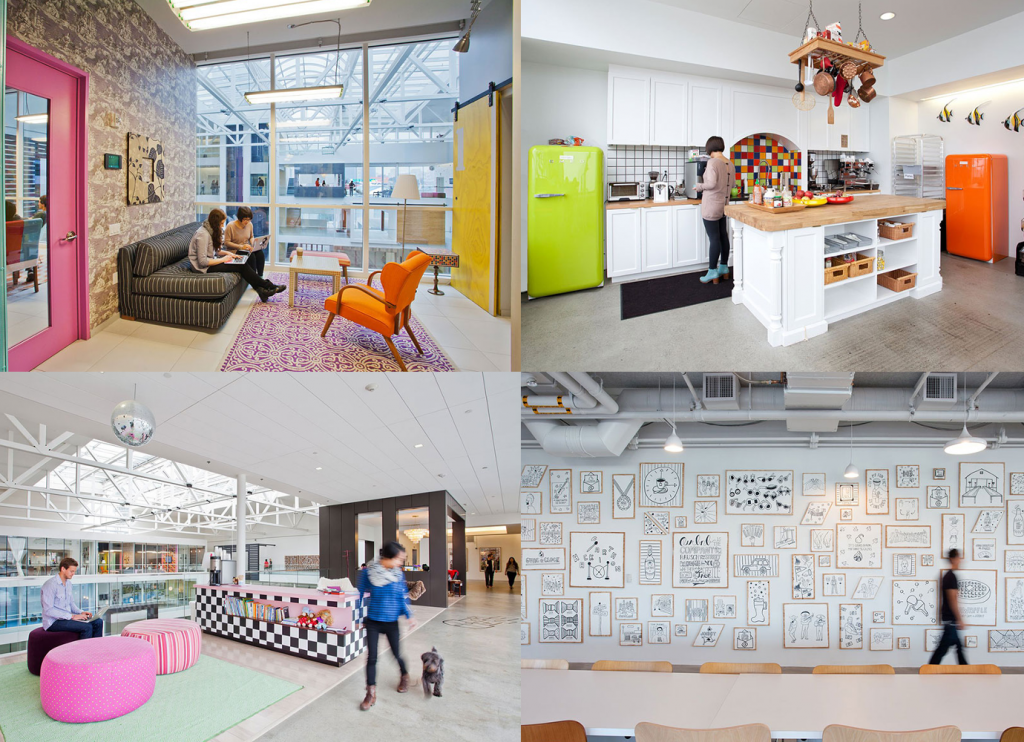
AirBnB’s San Francisco office design reflects their ‘Belong Anywhere’ ethos by incorporating elements of its global community into the design of the space. To do so the Environments Team looked to Airbnb Trips as an organizing principle, a completely new concept for Airbnb’s office design. Launched in November 2016 Airbnb Trips allows users to book bespoke experiences designed and led by local insiders.
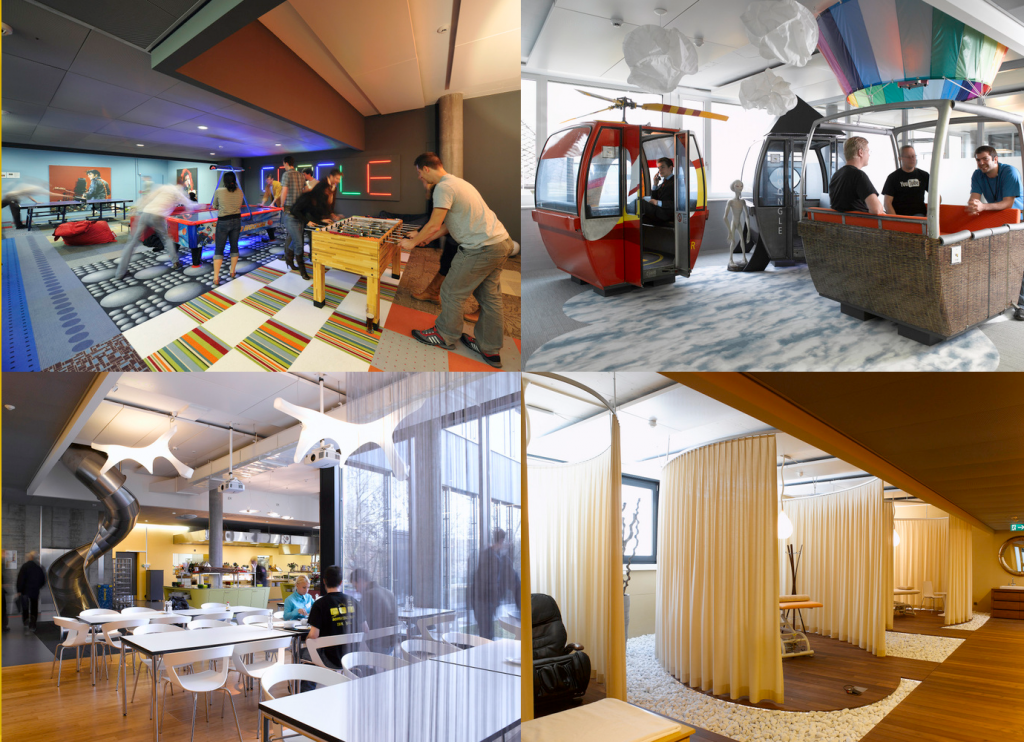
The largest Google office on the European mainland is located in Zurich, where more than 2,000 employees work on products such as Google Maps, Youtube, and Gmail. Some of the space is open-plan offices which look quite normal, but most employees do not have a permanent desk.
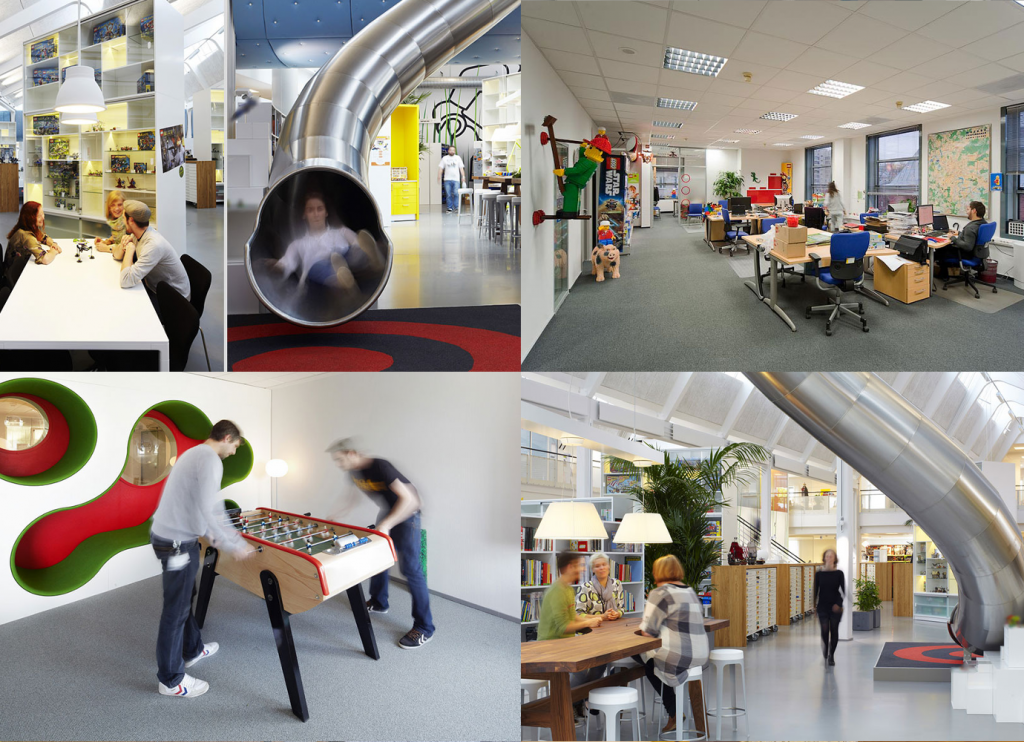
LEGO’s designers are the luckiest in the world – they get to play with LEGO all day long! Now, the designers of LEGO’s development department, LEGO PMD, has a physical working environment that corresponds to its playful content – a working environment where fun, play and creativity are paramount and where the physical design gives the adults a chance to be part of children’s play.
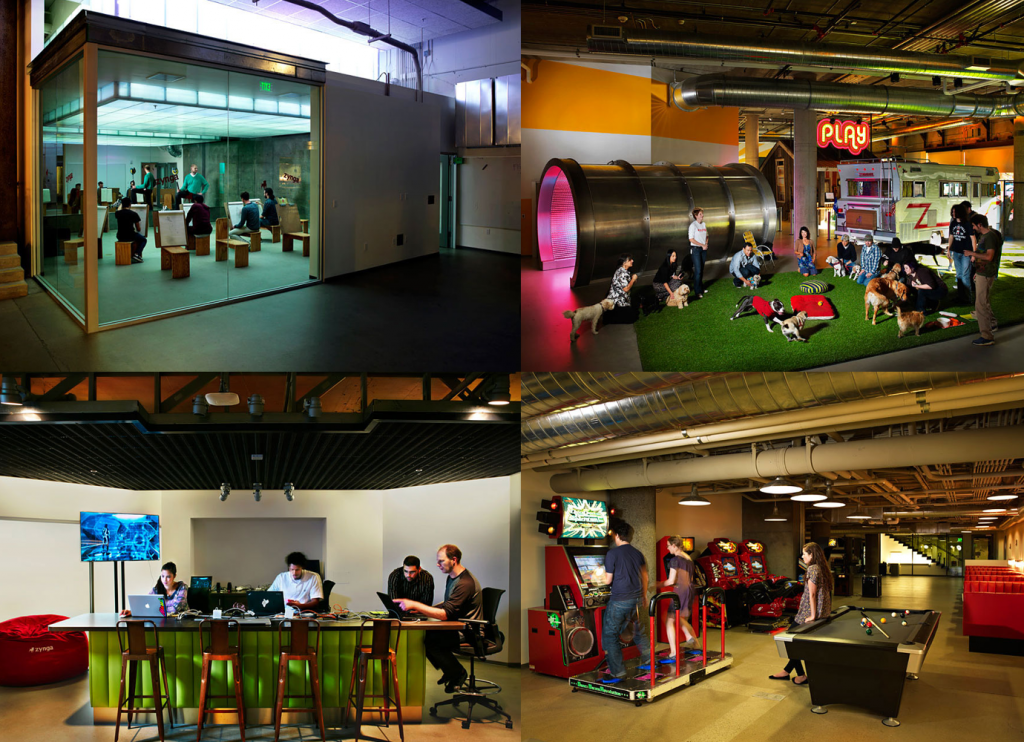
Zynga, the gaming company known for such hits as FarmVille, CityVille, and Words with Friends, is headquartered in a massive 556,000 square foot space on the edge of SoMA in San Francisco. Their office incorporates a wellness centre, entertainment and team building spaces as well as open plan flexible workspace.
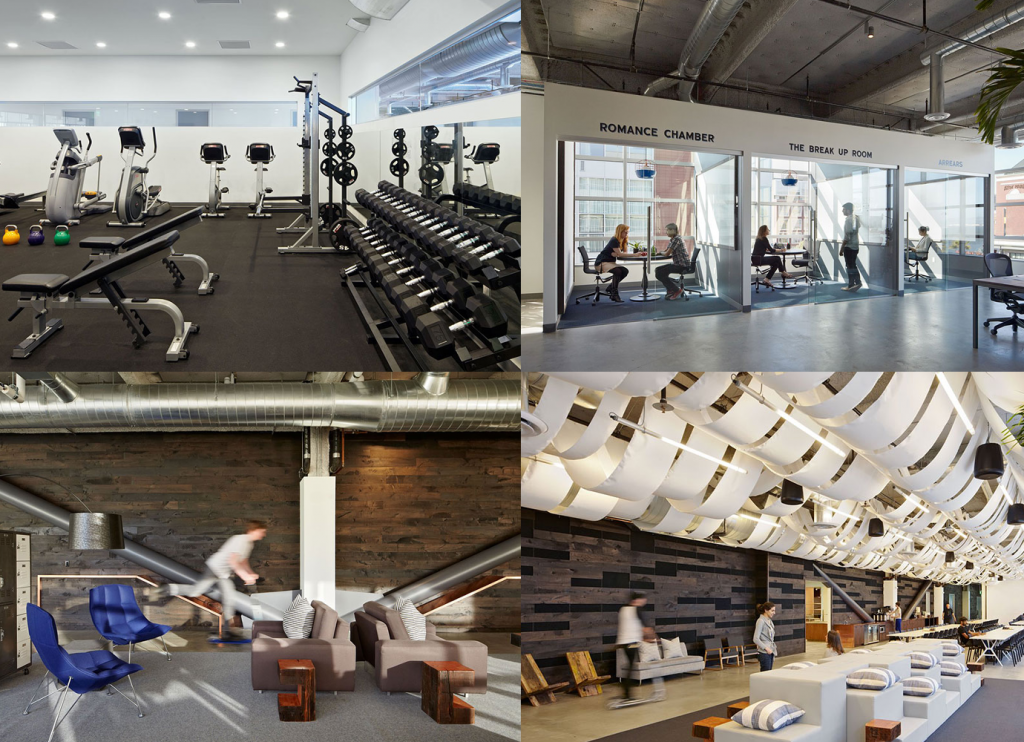
Dropbox has a 300,000-square-foot head office encourages collaboration among the company’s many teams. Their solution is a bustling city layout based on landmarks, neighborhoods, and shared community values. There are strategic spaces for different modes of work. They include: The library – ideal for focus and concentration, war rooms for handling crises and the casual Karaoke Bar – a gathering space.
In our office poll we’ve decided that the DropBox office is the one for us. Open spaces, mature decor and nothing too distracting to take our eye off the ball, though we’d really like the slide from the Lego office (who has time for stairs?). That said, we’re proud to offer our staff a well stocked beer fridge, unlimited hot drinks and snacks, and once in a while our director loosens the purse strings and orders in KFC. If you’re passing, our doors are always open!
